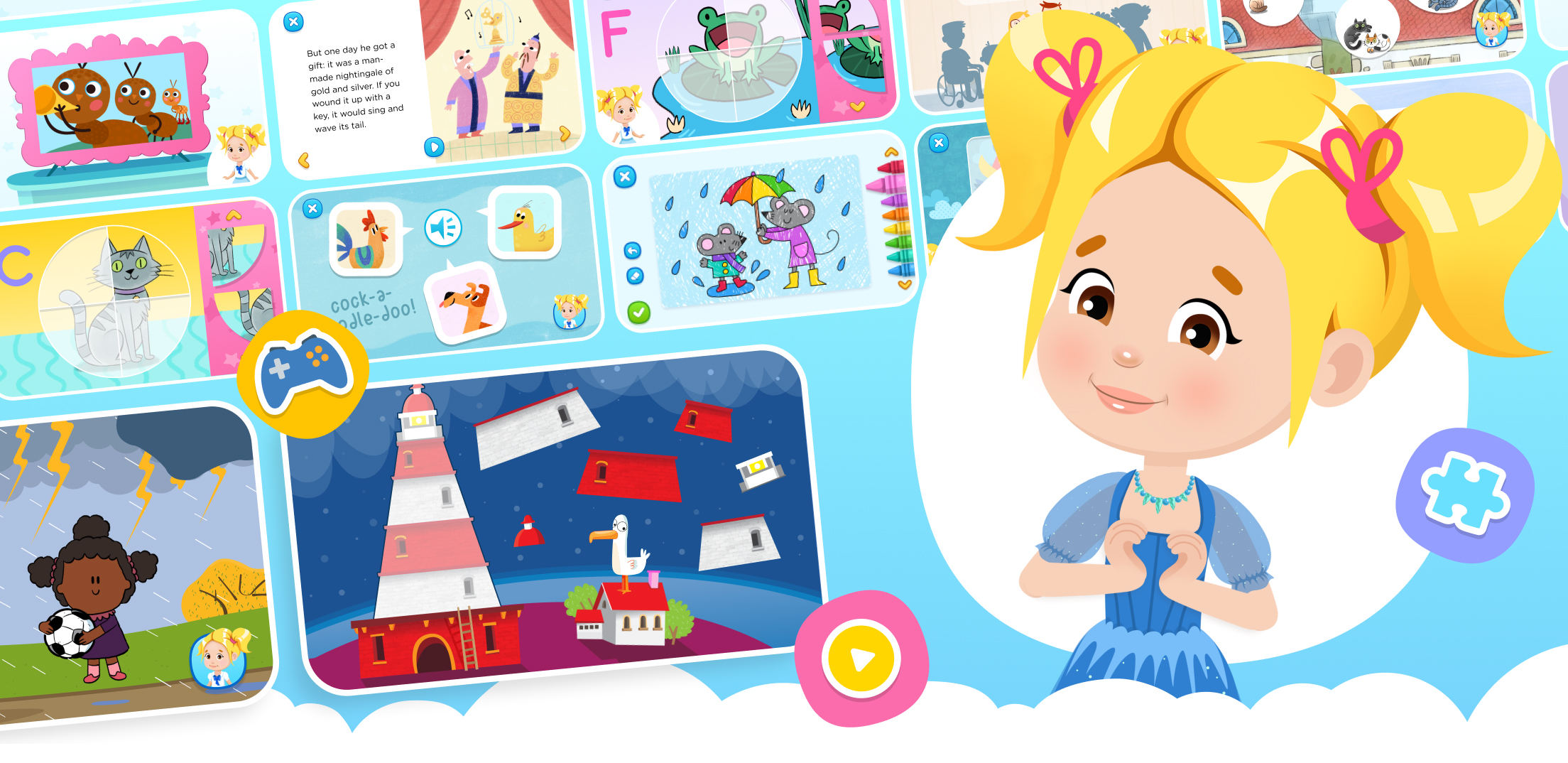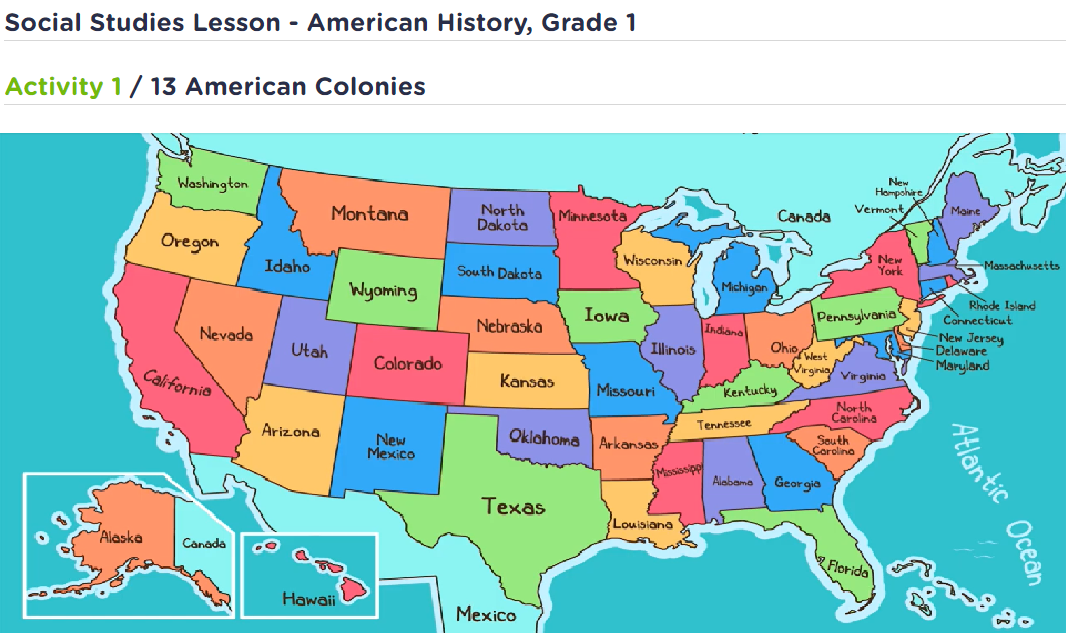Understanding opposites Worksheets for Ages 6-7
5 filtered results
-
From - To
Dive into our "Understanding Opposites Worksheets for Ages 6-7" to make learning fun and engaging! Specially crafted for young minds, these worksheets boost critical thinking and vocabulary by introducing children to pairs of opposites. With colorful illustrations and interactive activities, kids will enjoy exploring contrasts like hot/cold, big/small, and happy/sad. These printables are perfect for use in the classroom or at home, helping young learners grasp the concept of opposites while enhancing their cognitive development. Unlock your child’s potential with our comprehensive and enjoyable tools designed to foster a lifetime of learning.
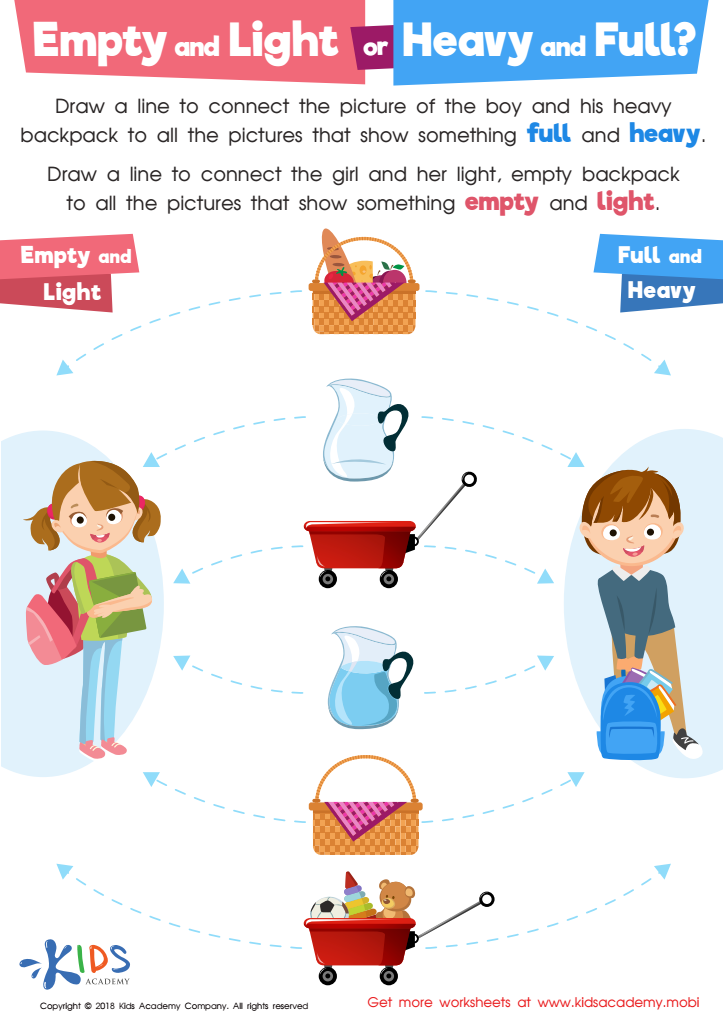

Empty and Light or Heavy and Full? Worksheet
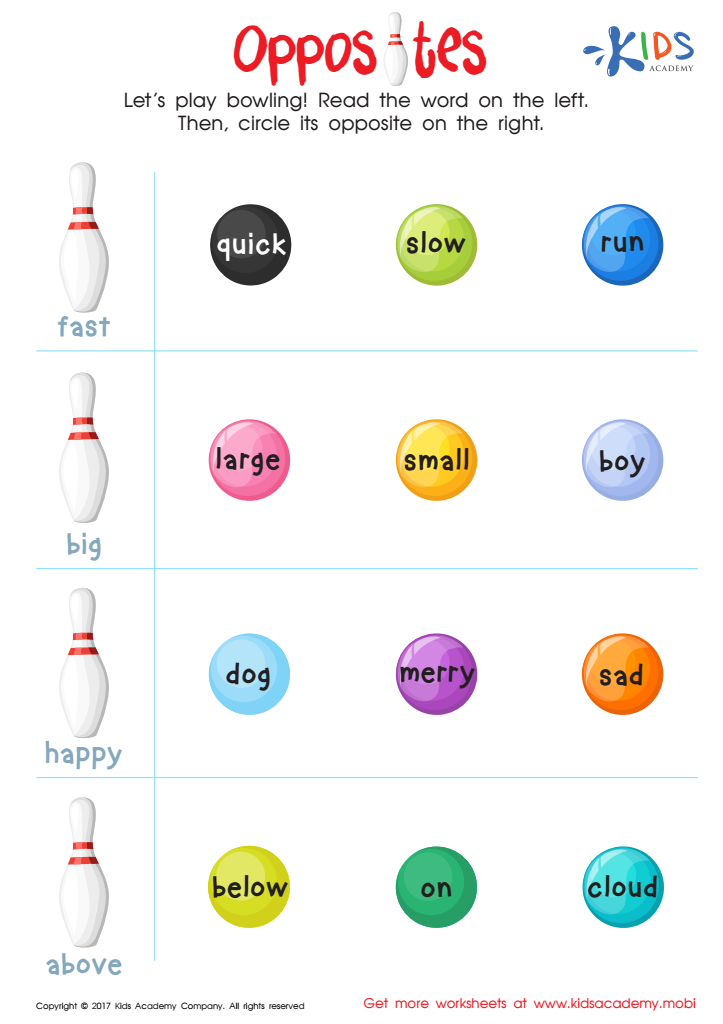

Opposites Worksheet
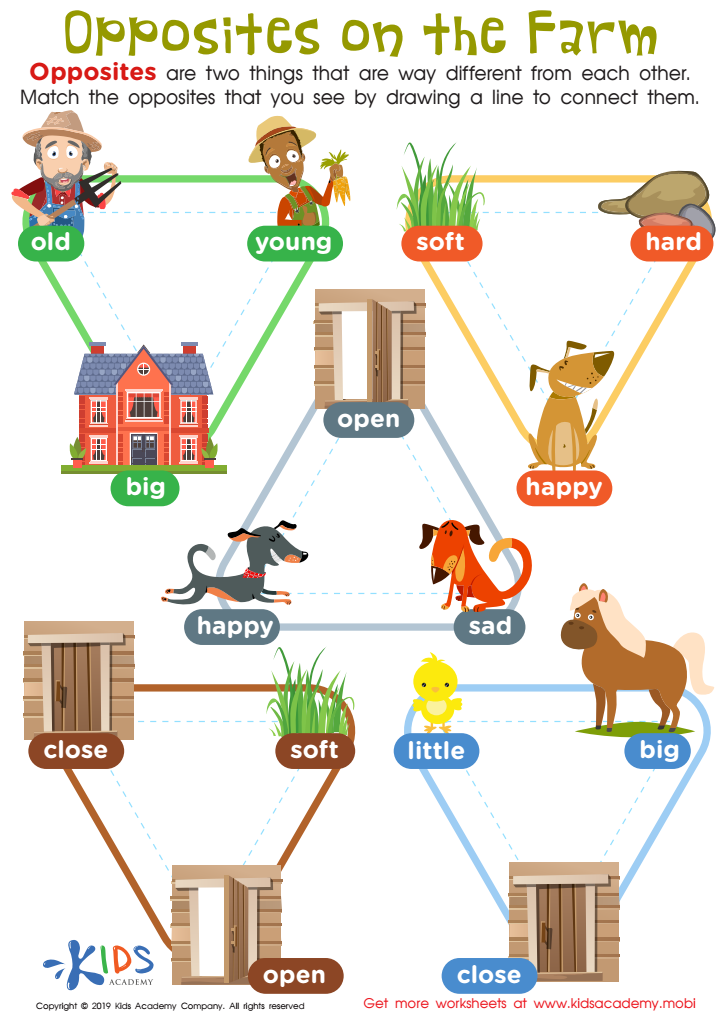

Opposites on the Farm Worksheet
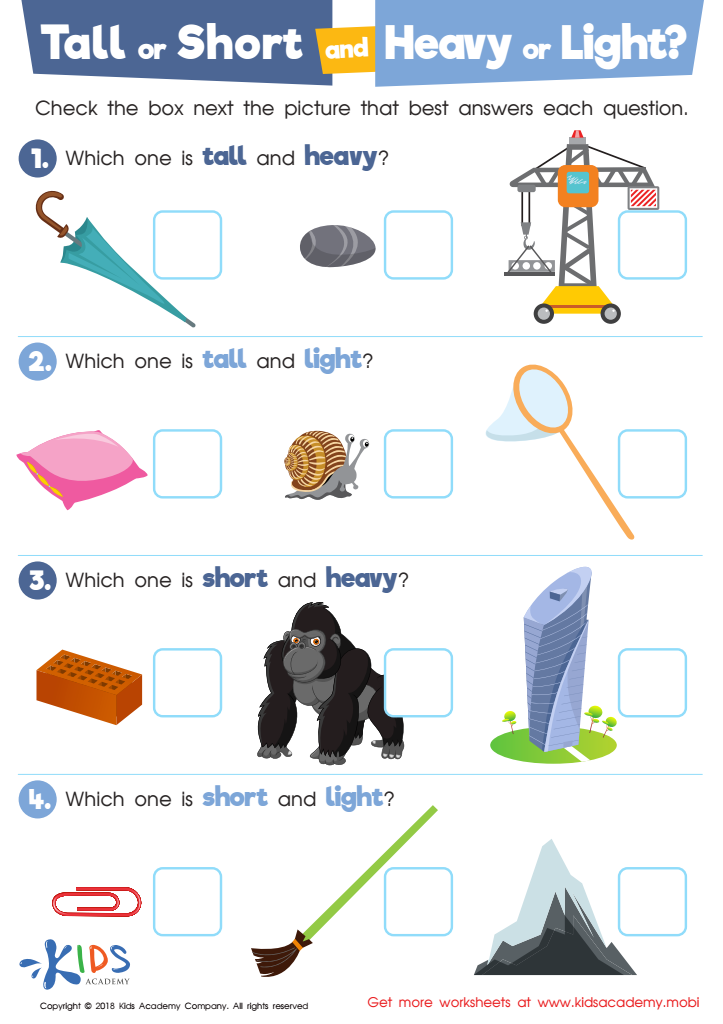

Tall or Short and Heavy or Light? Worksheet
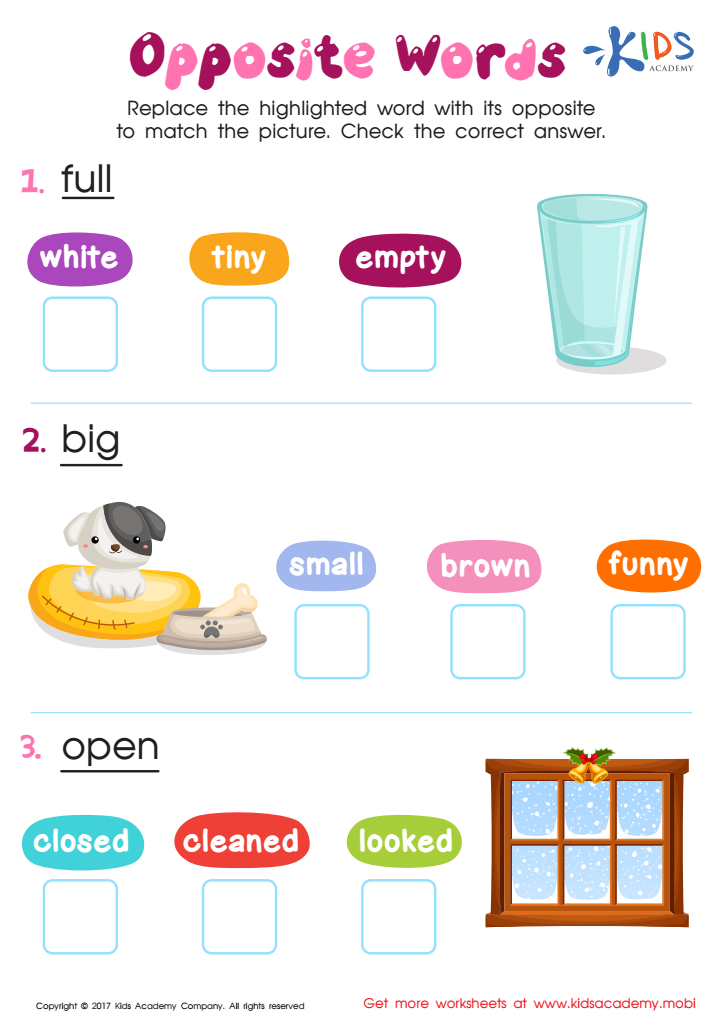

Opposite Words Worksheet
Understanding opposites is crucial for children aged 6-7 because it forms a foundational aspect of language development, cognitive skills, and social understanding. At this age, children are transitioning from basic language skills to more complex sentence structures, and knowing opposites allows them to understand and communicate effectively.
Firstly, learning opposites enhances vocabulary and comprehension. Words like "big-small," "high-low," or "happy-sad" help children make sense of their world and describe it more accurately. This linguistic foundation is essential for reading and writing proficiency.
Cognitively, understanding opposites fosters critical thinking and problem-solving skills. It helps children distinguish differences and similarities, recognize patterns, and understand relationships between concepts, which prepares them for more advanced subjects like math and science.
Socially, understanding opposites aids in emotional intelligence. Words like "kind-mean" help children comprehend and articulate their feelings and those of others, promoting empathy and better social interactions.
Overall, by teaching children opposites, parents and teachers equip them with essential tools for academic success and effective communication, setting a strong foundation for future learning and personal growth. Engaging activities such as games, stories, and interactive discussions about opposites can make this learning process both enjoyable and impactful.

 Assign to My Students
Assign to My Students


